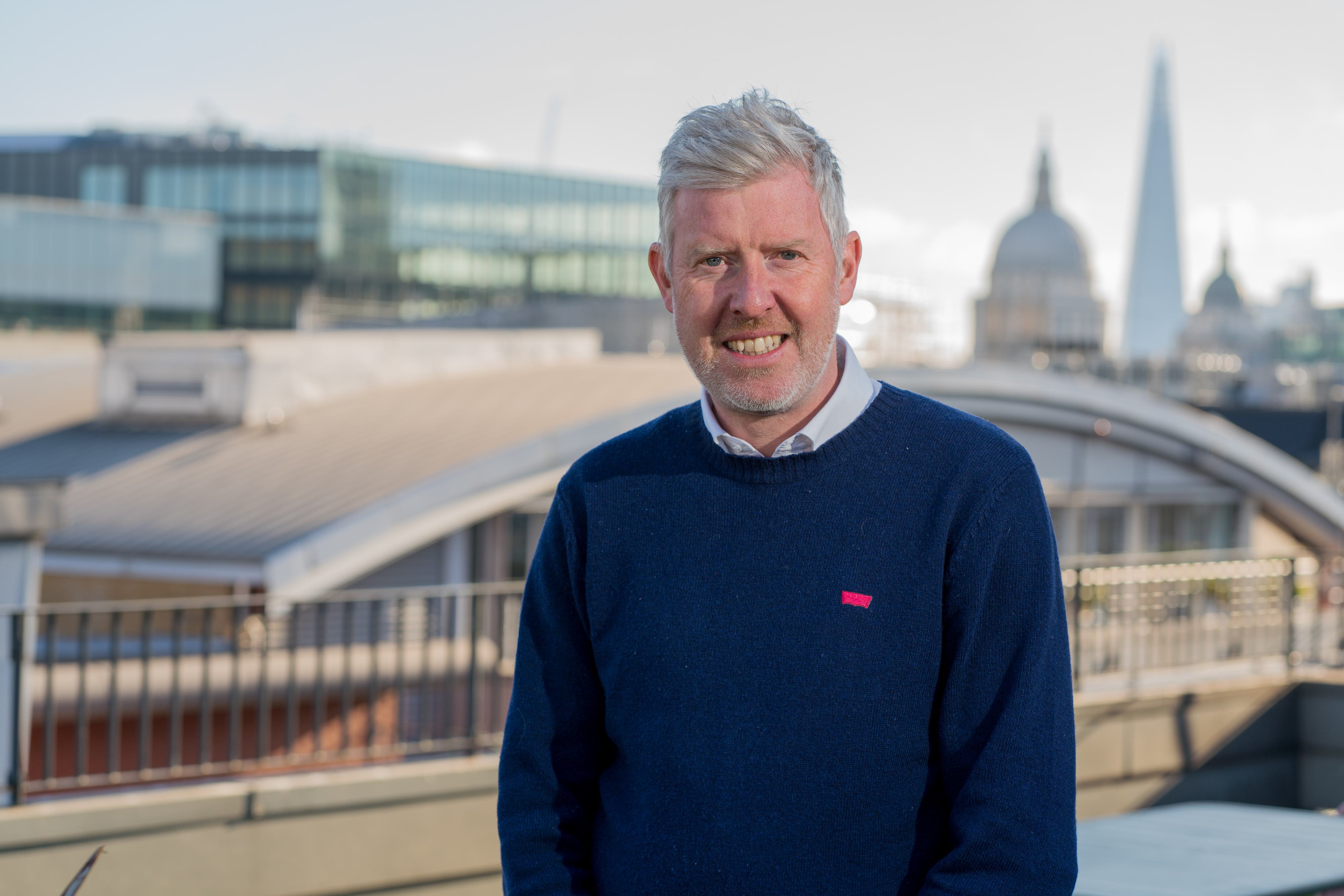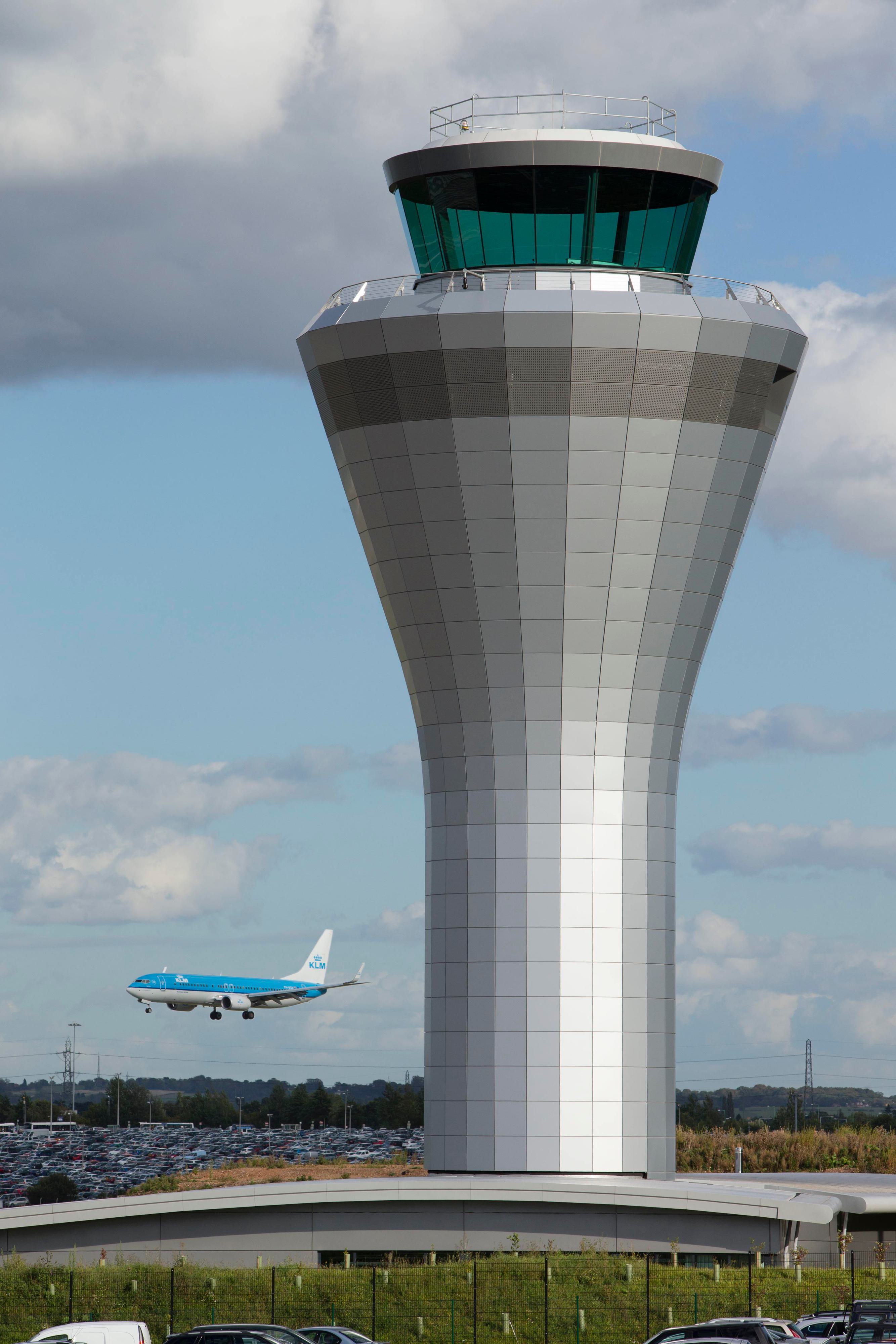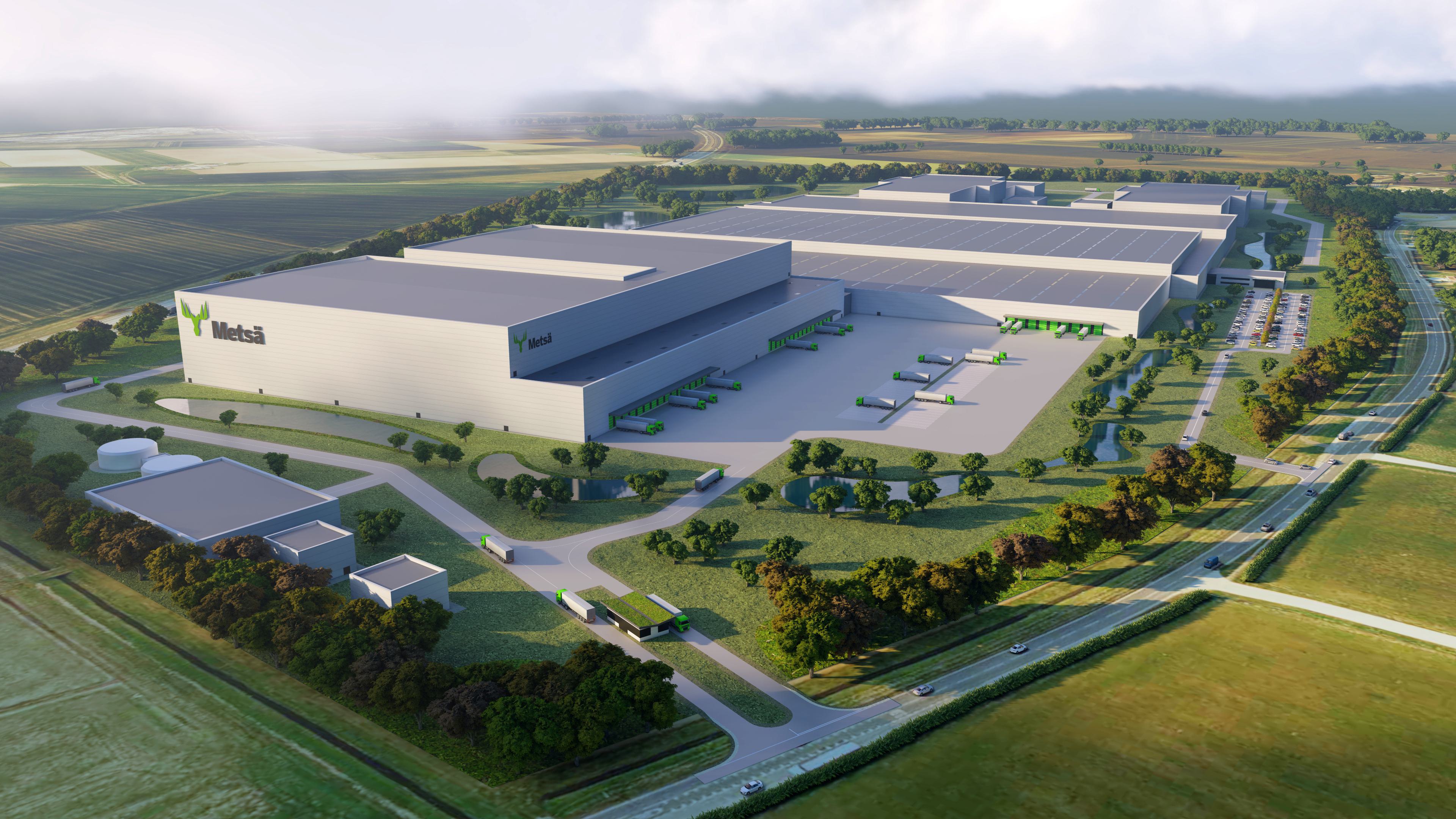
15 Feb 2024
Last year marked 20 years since our director Chris White joined us at CPMG. From a budding architect, to now a board director, Chris has seen it all when it comes to the world of architecture. In our latest Q&A, Chris talks us through his career, some of his project highlights and his thoughts on the future of the industry.
You’ve just passed your 20th anniversary at CPMG, what has your journey been like since you first started?
I arrived at CPMG not feeling too confident about myself as an architect, to be honest. Once I qualified as an architect in 1998, it took a few years to adjust to the day-to-day professional life of practice, arguably something I didn’t think I was doing that well at when my 30th birthday came about. However, when I joined CPMG, I realised that my five years post-qualification experience was invaluable, giving me the essential tools to establish myself as a competent architect, utilise my strengths, and improve areas of weakness working within a great team.
That was a lesson in getting the best out of people and a team, including myself. I was apprehensive when I joined CPMG – I was even considering a career change – but I very quickly realised that CPMG had the breadth of portfolio and therefore the opportunity to enable me to fulfil my potential and take my career forward. I took a sabbatical early on in my CPMG career to play cricket in Australia in 2004/05, but on my return, I was very much focused on progressing my career, such had been the injection of confidence my time with CPMG had given me before my travels.
Cutting my newfound (and more confident) teeth on healthcare projects, I eventually became and Associate Director in 2007, the same year as the birth of my first child. From there I became part of the Senior Management Team and managed a focused team across residential, transport, defence and HE sectors. I executed a share option in 2016 to become an owner of the business, and with it a board director position.
What is your role at CPMG today?
My role today is focused on delivering our strategic aim to establish a strong London studio – which has been and continues to be a rewarding challenge. We have recently moved into our new London studio, a result of successes in the London market and the growth we are seeing as our design and delivery skills are applied and our reputation grows.

Which project at CPMG did you find most interesting or are you most proud of?
The most interesting project I’ve worked on was the Birmingham Air Traffic Control tower that was completed in time for the London Olympics in 2012 and subsequently won a RICS Award and was shortlisted for a national award.
The whole project experience was enjoyable; we had a strong and enthusiastic team that designed and delivered the project in the most collaborative environment I’ve experienced, primarily thanks to the dual role we performed on the project. I’ve spoken before about such an approach, removing boundaries as, in my experience, this generally promotes a problem-solving approach to resolving any issues.

We have recently secured the design stages of the largest tissue mill in the UK and that was a particularly pleasing achievement. I’m also proud of establishing a London presence, something that continues to motivate me.

How has the architecture industry changed since starting at CPMG?
I’ve been interviewed about this before, and my view remains that the relationship between consultants and contractors, as design and build contracts remain the default procurement route, has irrevocably changed for the better. There is still the possibility that D&B is ‘abused’ due to the formal contractual structure, and by that, I mean putting hurdles between the various parties, but generally there is a wider project team ethos that only benefits the result. The Building Act will only accelerate and improve the importance of collaboration across the life span of a project and may even see us return to a more traditional approach to procurement.
Architects have always been advocates of environmental solutions and understanding the cause and effect of our design decisions is very much central to the process. Where cost saving necessities previously impacted on sustainability, there is now an element of ring-fencing such an important component of the design. Clients and construction professionals are now more educated in terms of the capital and operational costs through the life of the building
What is your hope for the future of the industry?
I hope that the industry continues to respect the important role we must play in creating a sustainable built environment that contributes to the mental and physical health of people that live and work in our communities. I think we were already on the right path, but the pandemic certainly amplified the importance of human condition and how architecture can contribute to wellbeing.
Of particular importance and interest is the introduction of The Building Safety Act and how this will manifest itself in behaviour, as the industry will be forced into making sure that safety is paramount ahead of profit.
Whilst affordability and time remain important considerations, I think we’ll see a sea-change in the way our buildings are procured. I also believe it's an opportunity for the architectural profession to regain some of the control it has lost in driving the direction and behaviours of the construction industry - over the years we have seen fees driven down whilst more risk and responsibilities are passed onto the architect. We should see the architect as the ‘lead’ as a compliment, not be afraid to take on the responsibility where we can, and make sure that our position and fees reflect the important role we have.
What advice do you have for those looking to get started as an architect?
Research! Architecture as a profession is very different now than it was twenty or thirty years ago. Whilst it is a very rewarding profession underpinned by a very rounded education, I think it is important to manage expectations as to what the day-to-day will be like. So, I would go and talk to people in the profession and the wider industry to get a good perspective on the career. Gaining as much visibility and experience working in an architecture practice will clearly help.
What do you get up to when you’re not working?
I play golf (although my colleagues suggest this is what I do for work anyway, which is most unfair), watch sport, collect vinyl records, read, and continue to try and finish my book I’ve been writing forever. I’ve recently started sailing with my girlfriend who has been sailing her whole life, so that is becoming something of a new hobby.
